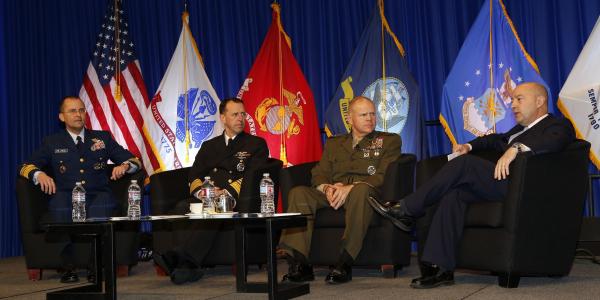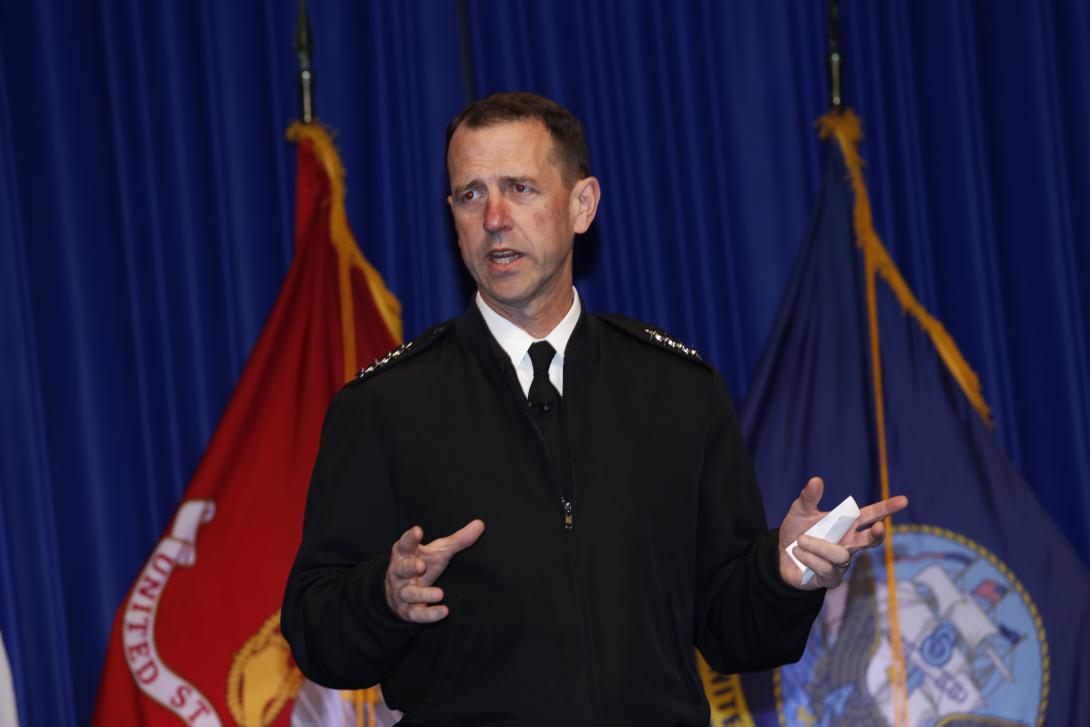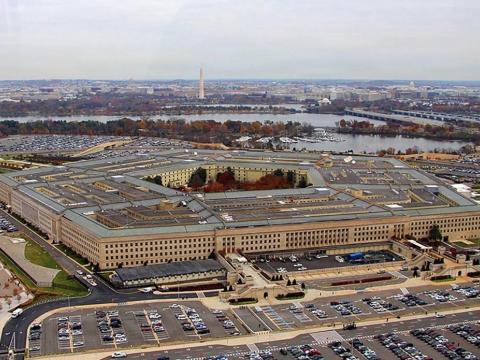Innovation, Efficiency Necessary for Navy Modernization
West 2016
The SIGNAL Magazine Online Show Daily, Day 3
Quote of the Day:
“Innovation is a contact sport; it is not for the weak of heart.”—Jay M. Cohen, principal, The Chertoff Group, former chief of naval research
The U.S. Navy is counting on industry and academia to generate new capabilities that can meet sea service needs rapidly in a dynamic threat picture. Achieving this goal effectively will require overcoming cultural inertia and an acquisition architecture that is stacked against speed and innovation.
Information technologies are at the core of most modernization efforts, even in exotic weapon systems that would require futuristic command and control. These information technology improvements would take place against the backdrop of growing threats to cybersecurity, and the force would need to address that issue concurrent with any system upgrades.
These goals and the challenges in meeting them were prime points of discussion on the last day of West 2016, hosted by AFCEA and USNI February 17-19 in San Diego. With the global threats identified and missions outlined in the first two days, the final day’s sessions focused on the how of its theme, “How Do we Make the Strategy Work?”
Innovation is one of the keys to opening the door to maritime supremacy, but the acquisition system is tilted against it, according to panel members discussing what is missing in the defense innovation agenda. Panel moderator Jay M. Cohen, principal, The Chertoff Group and former chief of naval research, described how he was virtually interrogated every time he tried to exercise innovative methods. “Innovation is a contact sport,” he said. “It is not for the weak of heart.”
Dale Bennett, executive vice president, mission systems and training, Lockheed Martin Corporation, pointed out that having a good conversation with the operator or the user is essential for accelerating technology insertion. A partnership among industry, academia and the user is important.
A baseball analogy came into play when discussing the drawbacks on stifling innovation. Mike Petters, president and CEO of Huntington Ingalls Industries, said that a baseball team that has no runners thrown out at the plate during an entire season is not trying to score enough. It needs to take risks so the third base coach can learn how good the runners are heading for home. When runners are thrown out, they constitute “constructive failures” that show the coach how the team’s players can reach their full potential. The same approach needs to be applied to defense technology innovation, he emphasized.
The work force also is key. “Whatever we’re spending on the work force development pipeline, we can do a lot better if we spend it on the front end,” Petters offered—train early rather than later. He also added that 90 percent of the people his company is going to hire in the next few years will not need a bachelor’s degree.
Innovation can come from many places. Speaking in a special town hall luncheon, Adm. John M. Richardson, USN, chief of naval operations (CNO), spoke of tapping into “the monstrous online gaming environment” for what could add up to millions of ideas. He also wondered about the future environment for collaboration between man and machine.
Adm. Richardson noted that information is a rich area for experimentation, and people often do not realize the potential of capabilities. “Every time we estimate our technology capability, we underestimate it by a factor of two,” he observed. “There are some amazingly sophisticated technologies” that can enable improvements in cyber and other information realms. He added, “Information has to be in the DNA” of U.S. forces, and “using information sharing policy and technology would allow everyone to fill a role up to their maximum.”
Gen. Robert B. Neller, USMC, commandant, U.S. Marine Corps, addressed the issues regarding cyber and the force. “Our critical capability and center of gravity quickly could become our critical vulnerability” because of advances by adversaries, he said. That day may come soon. “We’ve already accepted that cyber is the fifth warfighting domain, and there’s fighting going on there right now,” the Marine commandant declared.
Adm. Richardson added, “This is a big awakening in cyber—we have to build cyber [into our systems]. And, we have to instill cyber in our legacy systems.”
Town Hall moderator Adm. James Stavridis, USN (Ret.), dean, The Fletcher School of Law and Diplomacy and former supreme allied commander Europe (SACEUR), emphasized that he is not calling for the immediate establishment of a Cyber Force akin to the Air Force. However, he believes now is the time to have a conversation about the formation of an independent cyber force.
Adm. Stavridis also noted that the force will need to wrestle with moral issues on cyber. “Is it moral and ethical to attack the electrical grid of a country?” he asked.
Adm. Richardson pointed out that the U.S. Navy is a part of ensuring information operations around the world. More than 90 percent of information travels on undersea cables, he suggested, and keeping sea lanes open—both from a trade and from an information perspective—is vital. “The prosperity of the country is inextricably linked to the seas,” the admiral emphasized.
Mark your calendars now for West 2017, to be held February 21-23 in San Diego!







Comments